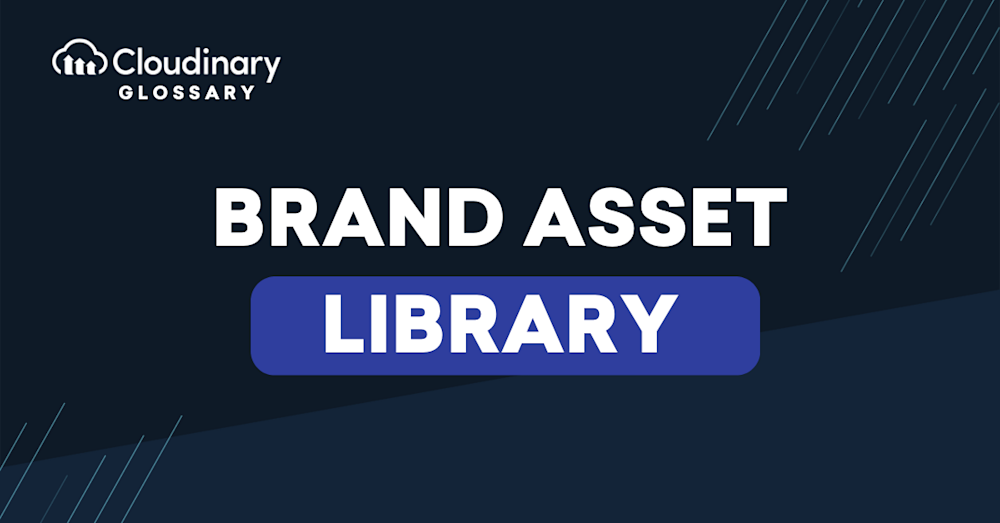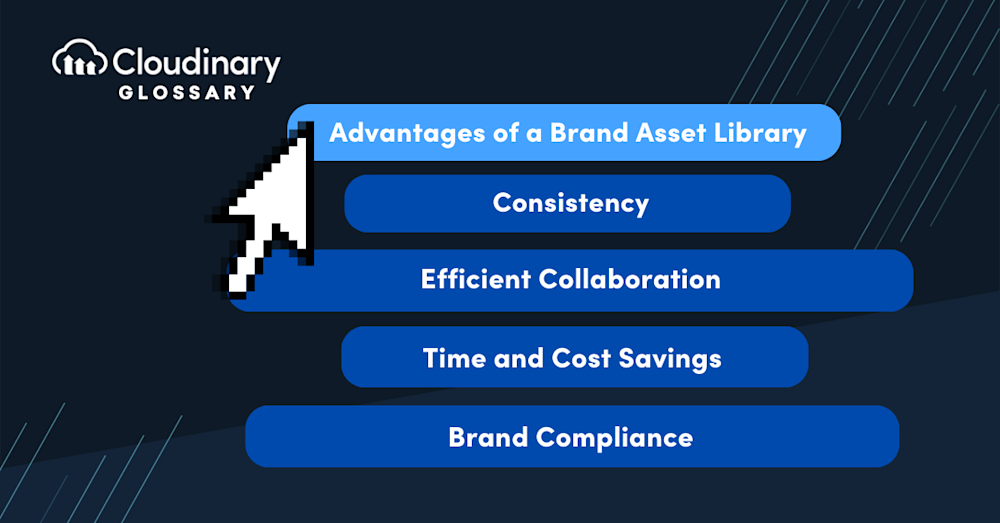What Is a Brand Asset Library?
A Brand Asset Library is a centralized digital repository where a company’s branding materials—such as logos, images, document templates, fonts, brand guidelines, and more—are stored, managed, and shared. Think of it as an organized digital warehouse for all the visual and textual elements encapsulating a brand’s identity. This library ensures consistency across all marketing and communication efforts by providing an easily accessible, up-to-date resource for employees, partners, and external agencies.
The beauty of a Brand Asset Library lies in its role as the custodian of a brand’s visual identity and in its ability to streamline workflows and enhance brand integrity. It is equipped with tools that allow users to search for assets using tags, categories, or metadata, making finding and utilizing these assets a breeze.
Advantages of a Brand Asset Library
Implementing a Brand Asset Library brings several benefits to organizations:
- Consistency – A Brand Asset Library ensures that all team members have access to the latest and approved brand assets. This consistency in visual elements helps build a strong and unified brand identity, fostering recognition and trust among customers.
- Time and Cost Savings – With a centralized repository, teams can easily find and reuse existing assets, eliminating duplicate efforts and redundant design work. This streamlines workflows, saving time and reducing costs associated with creating assets from scratch.
- Efficient Collaboration – A Brand Asset Library enables collaboration among designers, marketers, and other team members who need access to brand assets. It promotes a seamless exchange of ideas and facilitates the creation of consistent visual content.
- Brand Compliance – By providing a single source for approved and up-to-date brand assets, a Brand Asset Library ensures adherence to brand guidelines and standards. This mitigates the risk of inconsistent branding and protects the integrity of the brand identity.
Ways to Use a Brand Asset Library
A Brand Asset Library can be utilized in various ways to streamline visual identity management and enhance brand consistency:
- Internal Team Collaboration – A Brand Asset Library facilitates collaboration within teams by providing easy access to brand assets. Designers, marketers, and other team members can quickly find and use the correct assets, ensuring consistent visual representation across all communication channels.
- External Agency Collaboration – When working with external agencies or freelancers, a Brand Asset Library simplifies the sharing and usage of brand assets. It allows collaborators to access approved assets, reducing the risk of misinterpretation and ensuring alignment with the brand’s visual identity.
- Marketing Campaigns – A Brand Asset Library provides inspiration and resources for marketing campaigns. Marketers can access logos, fonts, images, and templates, accelerating campaign execution while maintaining brand consistency.
- Brand Guidelines – A Brand Asset Library can house brand guidelines and style guides, providing a comprehensive reference for internal and external stakeholders. These guidelines ensure all parties understand and adhere to the brand’s visual identity when creating new content.
Final Thoughts
To optimize your brand asset management workflow, consider leveraging a comprehensive digital asset management solution like Cloudinary. Cloudinary’s Digital Asset Management (DAM) capabilities enable you to organize, search, and distribute your brand assets effectively. Moreover, Cloudinary empowers teams to collaborate efficiently, ensuring seamless access to up-to-date brand assets across the organization.
Get started with Cloudinary today and revolutionize your digital asset strategy. Sign up today and discover the power of a well-managed Brand Asset Library in strengthening your visual identity today.
Additional Resources You May Find Useful:





